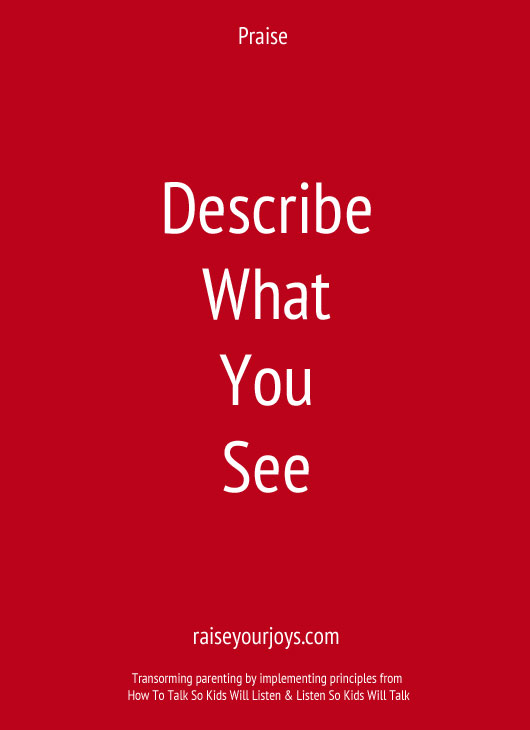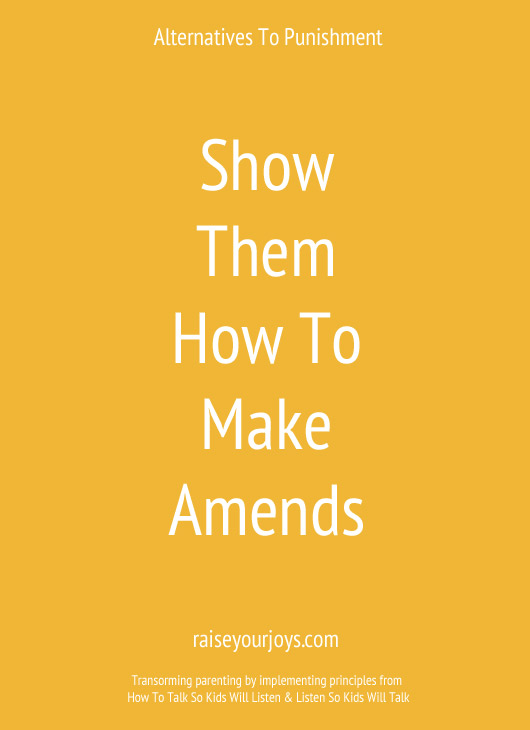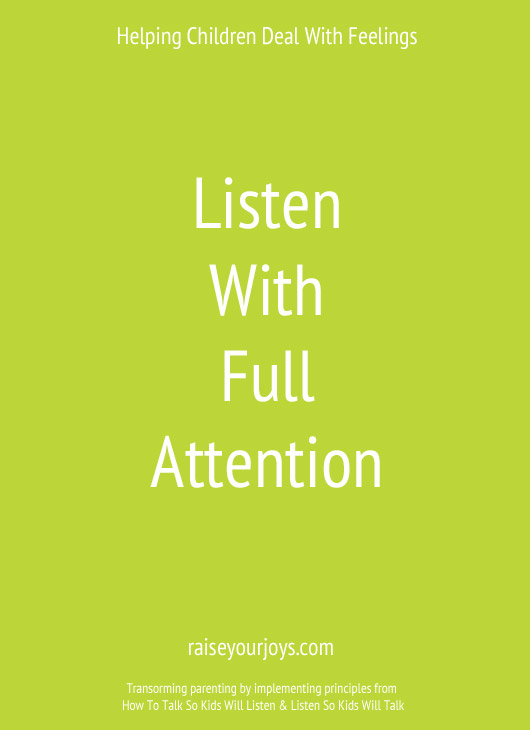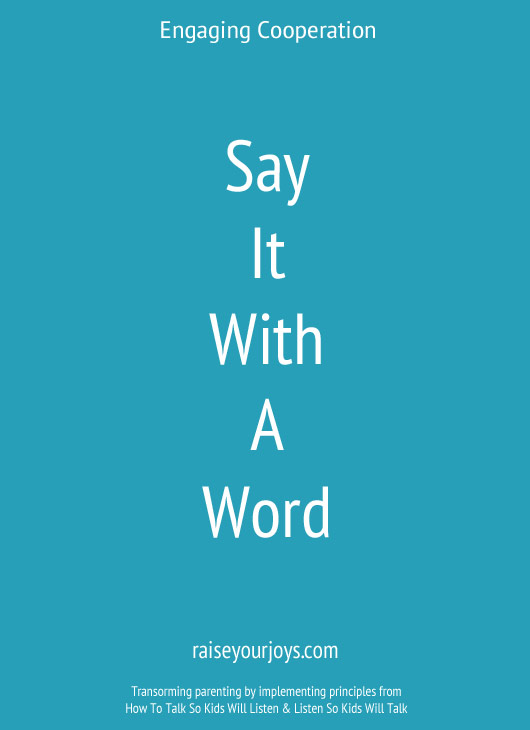
Praise is a two-edged sword. It encourages, builds, and affirms while at the same time it can create anxiety, be experienced as manipulation, or create doubt in the credibility of the praiser.
We can learn how to use praise effectively to build connection with our children’s hearts and affirm what’s right about them. Let’s start with the skill “Describe What You See”.
Many times when we want to respond to a child’s efforts we gush with accolades about how wonderful the product is. We evaluate the product’s worthiness. A different way of praising effort is to describe what we see.
When I teach gymnastics to children, I love to fill up their souls with encouragement. It is deeply important to me that the children in my classes walk away feeling good about their attempts to figure out how move their body in new ways. Here are some examples of different approaches to fill their souls:
Me: Wow! Fabulous cartwheel!
or
Me: I saw straight legs, pointed toes, and you finished with your arms in the air. Way to go!
In the second example, the child is hearing exactly what s/he did right, not just an exclamation of praise s/he can pat themselves on the back with without a further thought or discount my words because s/he knows the cartwheel was crooked or had a bent arm or something. The description gives them concrete information and turns on the thinking part of their brain, not just the emotion part.
If a child shows me a painting, I can say “It’s amazing!” with all manner of excitement and praise in my voice or I can describe what I see, “I see red and green and lot’s of blue. Tell me about the blue.” or “I see a house and a dog and a big, sky across the top.” This approach allows a child to share his/her creation without being subjected to my evaluation.
If a child has cleaned their room, I can evaluate and tell them what they did right and what they did wrong, which often starts an argument about how nothing s/he does is ever good enough or how my cleaning standards are too high or some other pointless argument that diminishes connection and often gets my ire up. Instead, I can describe what I see, “I see a lot of work has been going on in here. The shoes are in their holder, the books are on the shelves, and every single toy has been put away. It’s lovely to walk into this room.” At this point, if there is more that needs done, I can add “It looks like your bedding just needs to be taken to the washer and you will be done! Would you like to share some lemonade when you finish?”
The two keys to helpful praise are:
1. The adult describes with appreciation what he or she sees or feels.
2. The child, after hearing the description, is then able to praise himself.
Children don’t need us to tell them how beautiful, amazing, and good their work is, they need us to be part of the journey, to share their joy in the process, and to provide concrete feedback that helps them praise themselves.






